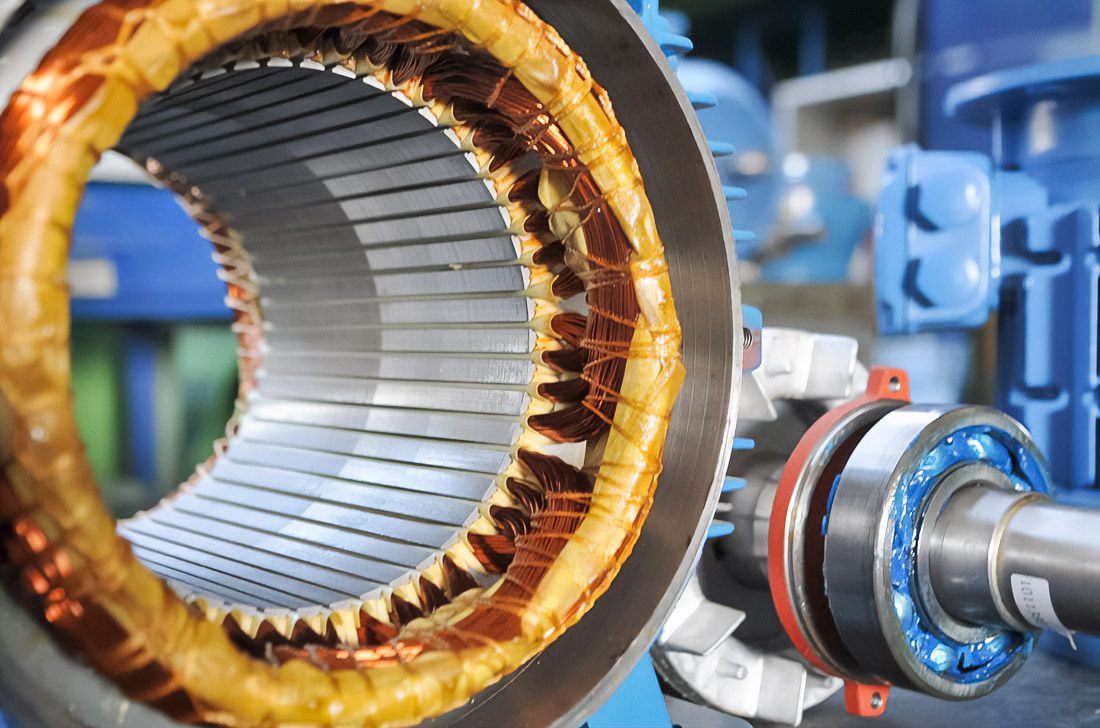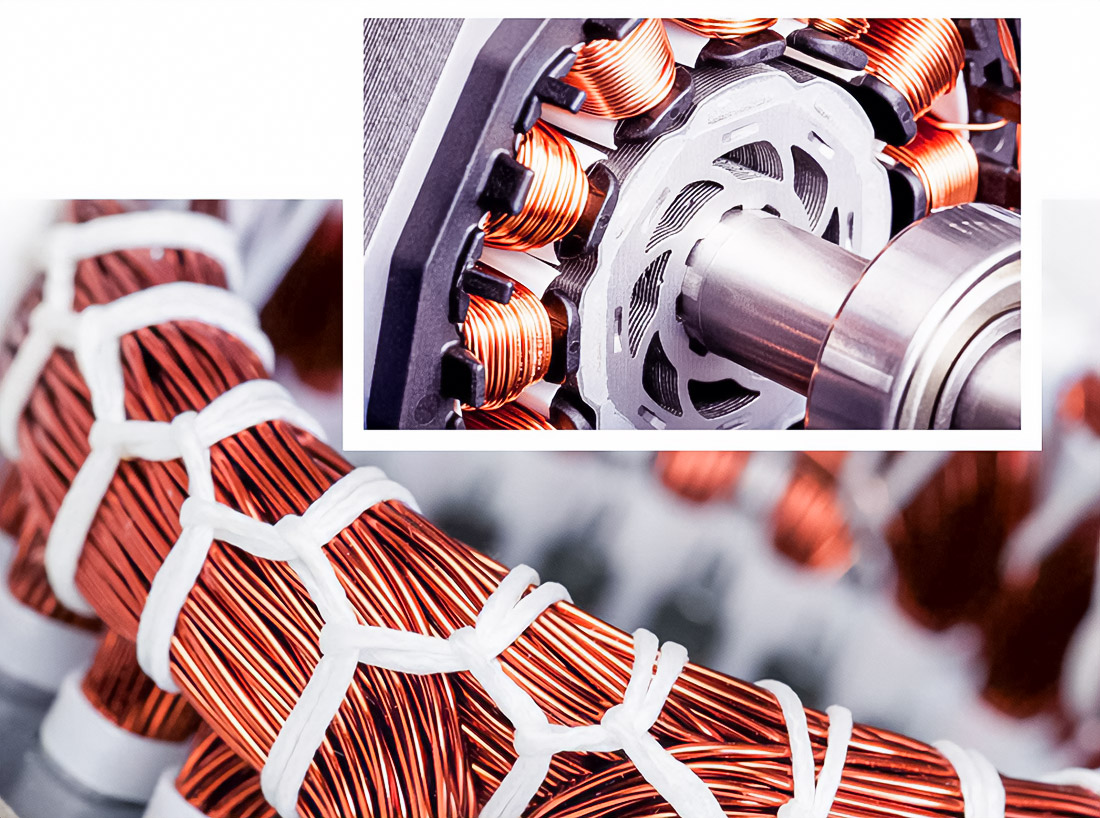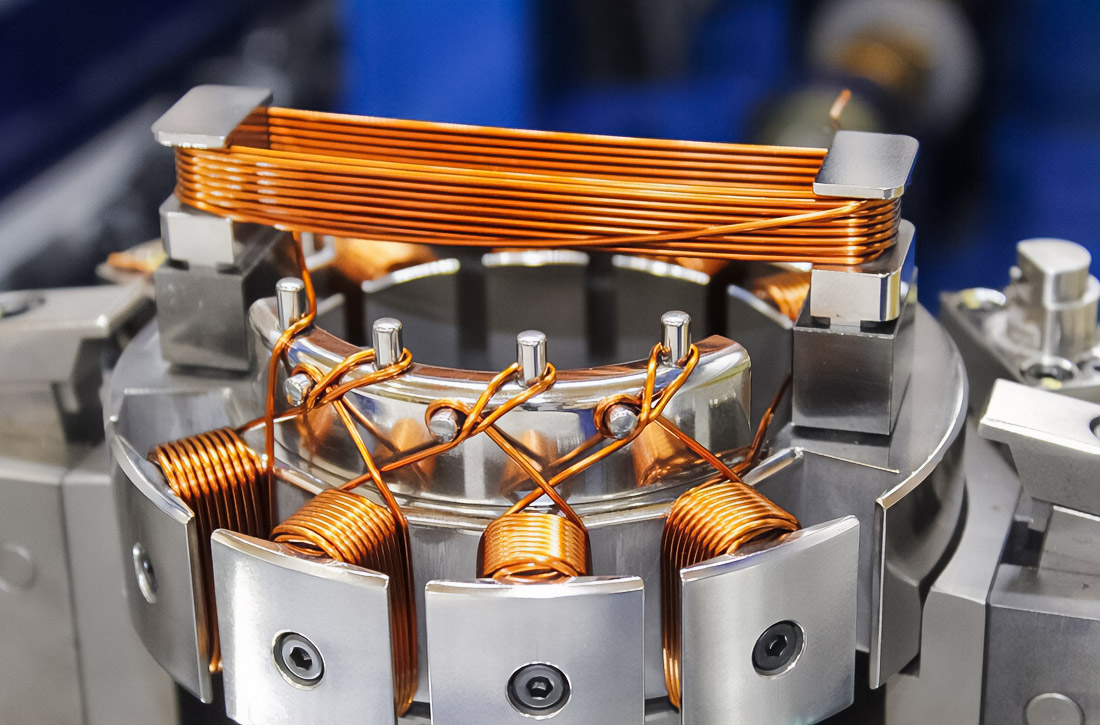Partial discharges represent a special form of electrical discharges occurring in the insulation devices of transformers. Especially important to consider their hidden nature – discharges can occur without full breakdown between electrodes. The main causes of occurrence of such discharges are related to defects of insulation, for example, cracks, voids, or contamination, which can appear in the process of manufacturing and operation, as well as after mechanical and electrical services . Safety and durability of work of equipment largely depend on timely diagnostics of these early signs of degradation.
Page Content
Hidden enemies of transformers: nature of partial discharges

Partial discharges are often compared with “silent killers,” and this comparison is fully justified. Since their activity can remain unnoticed for a long time, this increases the risk of serious damage and breakdowns. Insignificant at first glance discharges capable over time to destroy insulation, which can lead to malfunctions in the work of electrical systems, provoke accidents, and entail significant financial losses.
Modern approaches to diagnostics of partial discharges in transformers

Methods and technologies of diagnostics of partial discharges have continually improved. Consider how traditional as well as modern approaches:
Traditional methods
- Acoustic emission: Sensors fix sound waves, created by partial discharges.
- Measurement of partial discharges (PD): Direct measurement of electrical signals, accompanying discharges.
Modern technologies
- Diagnostics based on analysis of gas in oil (DGA): Determines concentration of dissolved gases in oil of transformer, caused by discharges.
- Thermal imaging diagnostics: Infrared cameras provide data on thermal anomalies related to discharges.
- Online monitoring: Integration of intelligent sensors and analyzers for continuous tracking discharges in real-time.
Prevention and repair: reducing the risk of partial discharges

To minimize the occurrence of partial discharges, the following measures:
Options for preventive actions
- Regular maintenance: Systematic inspections help in early identification of problematic areas.
- Improvement of insulation materials: Testing of new technologies and materials help prevent defects.
- Repair and modernization: Optimization and updating of components of transformer with the purpose of increasing reliability.
Electric fields play a key role in the process of work of transformers and can influence partial discharges in insulation.
Real examples of successful diagnostics and elimination

Successful approach demonstrated large power plant: through implementation of online monitoring was prevented serious breakdown, which allowed to save significant financial resources of large company. In another example regular maintenance and replacement of outdated insulation materials extended service of equipment at enterprise for production of electricity more than 20 years.
Future of technologies and improvement of diagnostics of partial discharges
Research in the field of materials and improvement of insulation technologies opens new possibilities for increasing sustainability. Innovations, such as artificial intelligence and machine learning, are capable of significantly increasing the accuracy and speed of diagnostics of partial discharges. Intelligent management systems and analysis of big data will also be used to forecast and prevent possible accidents. Thus, the transition to modern diagnostics and preventive measures is capable of significantly increasing the reliability of the work of transformers and the entire electrical energy infrastructure.
